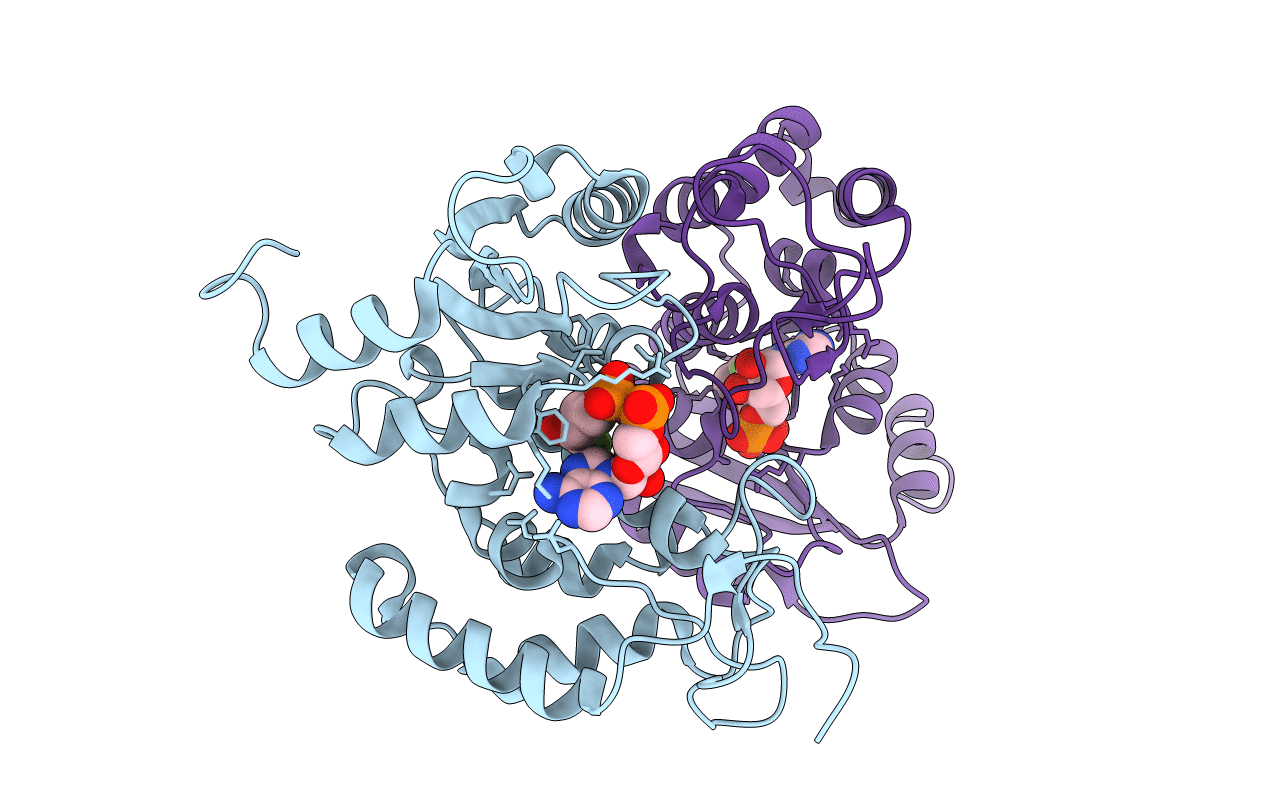
Deposition Date
2009-07-12
Release Date
2009-07-28
Last Version Date
2024-11-20
Entry Detail
PDB ID:
3I9M
Keywords:
Title:
Crystal structure of human CD38 complexed with an analog ara-2'F-ADPR
Biological Source:
Source Organism:
Homo sapiens (Taxon ID: 9606)
Host Organism:
Method Details:
Experimental Method:
Resolution:
1.75 Å
R-Value Free:
0.23
R-Value Work:
0.19
R-Value Observed:
0.19
Space Group:
P 1


